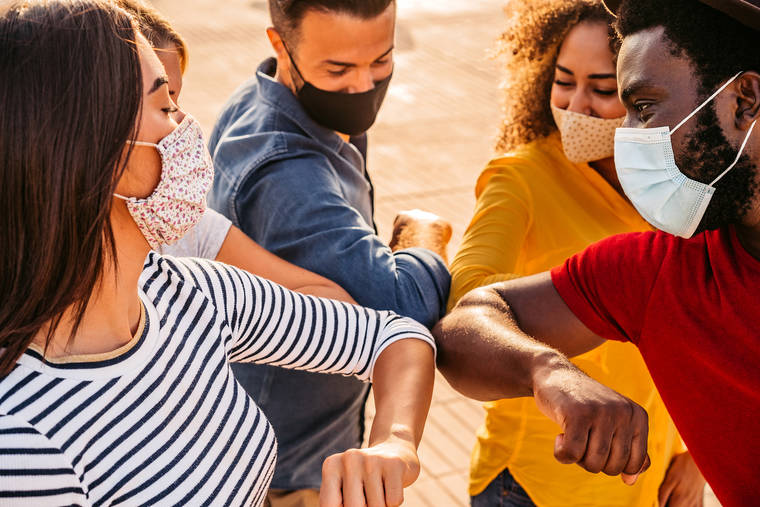Fears of a “twindemic” — an annual flu season combined with the ongoing COVID-19 pandemic — have not been realized.
As the coronavirus outbreak rages on, the number of flu cases reported in most states, including Hawaii, is “minimal,” according to data from the U.S. Centers for Disease Control and Prevention.
Only six states — Nevada, Arizona, Oklahoma, Mississippi, Georgia and South Carolina — are at a low level of flu-like activity. No states have moderate, high or very high levels.
Chad Shibuya, director of infection control at Hilo Medical Center, said in January and February of 2020, the hospital had 120-130 cases each month in its emergency room.
In March, when COVID-19 cases were first reported in Hawaii, the number of flu cases treated in the ER dropped to 60.
Since April 2020, though, HMC has not seen any flu cases come into the ER.
“That’s highly unusual,” Shibuya said. “Normally, we do see flu cases throughout the year. To go nine months with zero positive flu (cases) … it’s really unusual. It goes to show that the measures we have in place to minimize the spread of COVID-19 also work to prevent flu from (spreading).”
Kona Community Hospital also is reporting “very, very few” flu cases, according to spokeswoman Judy Donovan.
Preventative measures, such as not traveling, wearing face masks and distancing, “those are really helping to prevent the spread of the flu virus,” she said.
In the most recent surveillance report from the state Department of Health, just 0.5% of outpatient visits were related to influenza-like illnesses during the week of Dec. 13-19.
During that week, all 428 specimens tested negative for the flu.
Although flu cases typically peak during the winter months, because of tourism and its tropical climate, Hawaii can have flu cases all year round, according to the DOH.
Despite the low flu counts, Shibuya said getting a flu shot is still a good idea, “at least as an added measure, because you never know. Things could change.”
However, those who have received or are planning to get a COVID-19 vaccine should not receive any other vaccinations in the two weeks before or two weeks following that inoculation.
Shibuya also noted that the Big Island community is doing well managing COVID-19.
Hawaii Island leads the state in terms of mask-wearing compliance, he said, and although the number of coronavirus cases fluctuate, they remain at manageable levels.
“That’s a direct result of everyone doing their individual part,” Shibuya said.
Email Stephanie Salmons at ssalmons@hawaiitribune-herald.com.









